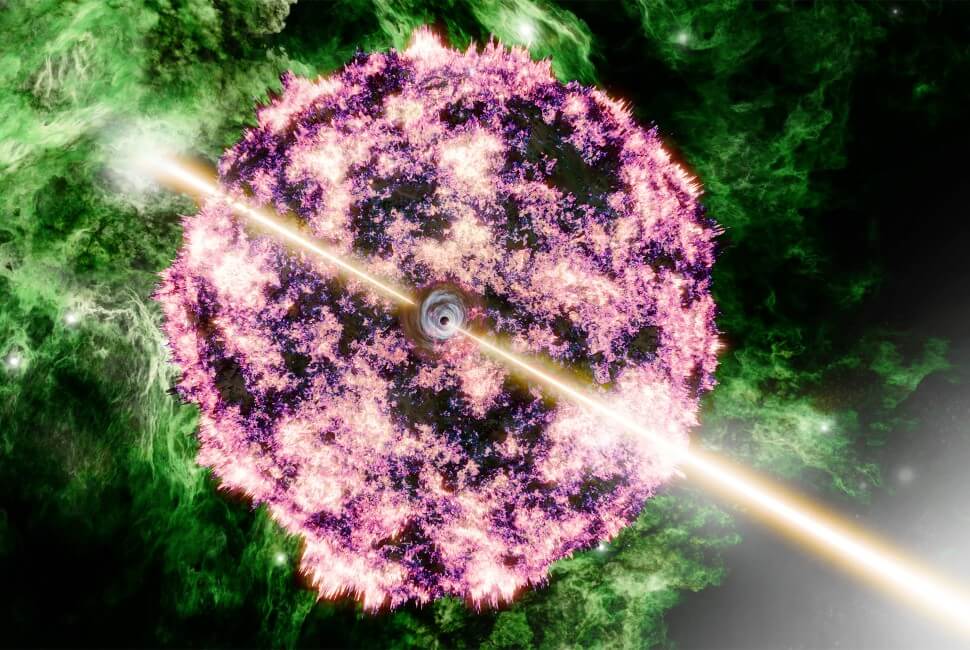WASHINGTON, Oct 18 (Reuters) – On May 4, 2022, NASA’s InSight lander detected the largest earthquake yet recorded on Mars, with a magnitude of 4.7, fairly modest by Earth standards but powerful relative to our planetary neighbor.
Because Mars lacks the geological process called plate tectonics that generates earthquakes on our planet, scientists suspected that a meteorite impact caused this Martian quake. But the search for an impact crater yielded no results, leading scientists to conclude that this quake was caused by tectonic activity – shaking the planet’s interior – and giving them a deeper understanding of what makes Mars shake, shake and roll.
Planetary scientist Ben Fernando of the University of Oxford in England, lead author of the study, said: “We have concluded that the largest Martian earthquake seen by InSight was tectonic, not collisional. This is important because it shows that faults on Mars could host massive Martian earthquakes.” Research published this week in the journal Geophysical Research Letters. “We really thought this event could make an impact.”
“This represents an important step forward in our understanding of seismic activity on Mars, and brings us one step closer to better unraveling tectonic processes on the planet,” added Konstantinos Charalambous, a planetary scientist at Imperial College London, co-author of the study, and co-head of Insight’s Geology Department. group.
NASA retired InSight in 2022 after four years of operation. In total, InSight’s seismometer detected 1,319 Martian earthquakes.
The Earth’s crust – the outer layer – is divided into huge plates that are constantly moving, which leads to earthquakes. The Martian crust is a single solid sheet. But this does not mean that all is calm on the Mars front.
“There are still active faults on Mars,” Fernando said. “The planet is still slowly shrinking and cooling, and there is still movement within the crust even though there are no active plate tectonic processes. These faults can trigger earthquakes.” .
Researchers determined that the 4.7-magnitude earthquake was centered in the Cairo Valles region in Mars’ southern hemisphere, about 1,200 miles (2,000 km) southeast of InSight’s location north of the equator. They believe it originated perhaps a few dozen miles (kilometres) below the surface.
The planet Mars is shown in this image taken by NASA’s Hubble Space Telescope on May 12, 2016. NASA/Handout via Reuters/File Photo Obtaining licensing rights
“Most of the Martian earthquakes we have detected so far have been associated with a region called Cerberus Fossae, located east of InSight. Conversely, the origin of this earthquake left us puzzled, as no discernible surface features pointed to ongoing tectonic processes as a possible cause,” Charalambos added. “Especially one that would cause such a strong earthquake.”
The energy it released exceeded the cumulative energy from all other Martian earthquakes recorded by InSight. Researchers initially noticed similarities in its seismic signature to two meteorite impacts discovered by InSight that created craters about 500 feet (150 meters) across.
They enlisted the various space agencies that have spacecraft monitoring the surface of Mars — European agencies, the United States, China, India and the United Arab Emirates — to check for evidence of an impact on the day of the quake. No luck.
“The lack of a crater in our image search for this large earthquake represents a major milestone in interpreting seismic signals on Mars,” Charalambous said.
With future human missions to Mars in mind, a greater understanding of seismic activity on Mars is especially relevant.
“On Earth, an earthquake of this size would probably break windows, shake things off shelves, etc., but it would not collapse the house,” Fernando said.
The location of the majority of Martian earthquakes detected by InSight remains uncertain, with poor understanding of the mechanisms that led to them, Charalambos said.
“Every seismic event detected by InSight is a valuable piece of the puzzle, but this particular event plays a crucial role in revealing the geological history of the Red Planet, shedding light on its interior and evolution,” Charalambos said.
“Furthermore, it provides fundamental insights into the distribution of seismic activity on Mars, a vital consideration for planning future human missions to the planet.”
Will Dunham reports. Edited by Daniel Wallis
Our standards: Thomson Reuters Trust Principles.

“Extreme travel lover. Bacon fanatic. Troublemaker. Introvert. Passionate music fanatic.”





/cloudfront-us-east-2.images.arcpublishing.com/reuters/7GGM22XLFZP75L424VS6SJ2Y3E.jpg)
More Stories
Ellen DeGeneres speaks out about talk show's 'devastating' ending: Reports
An unprecedented meteorite discovery challenges astrophysical models
'Survivor' host Jeff Probst says Season 50 will be all players returning